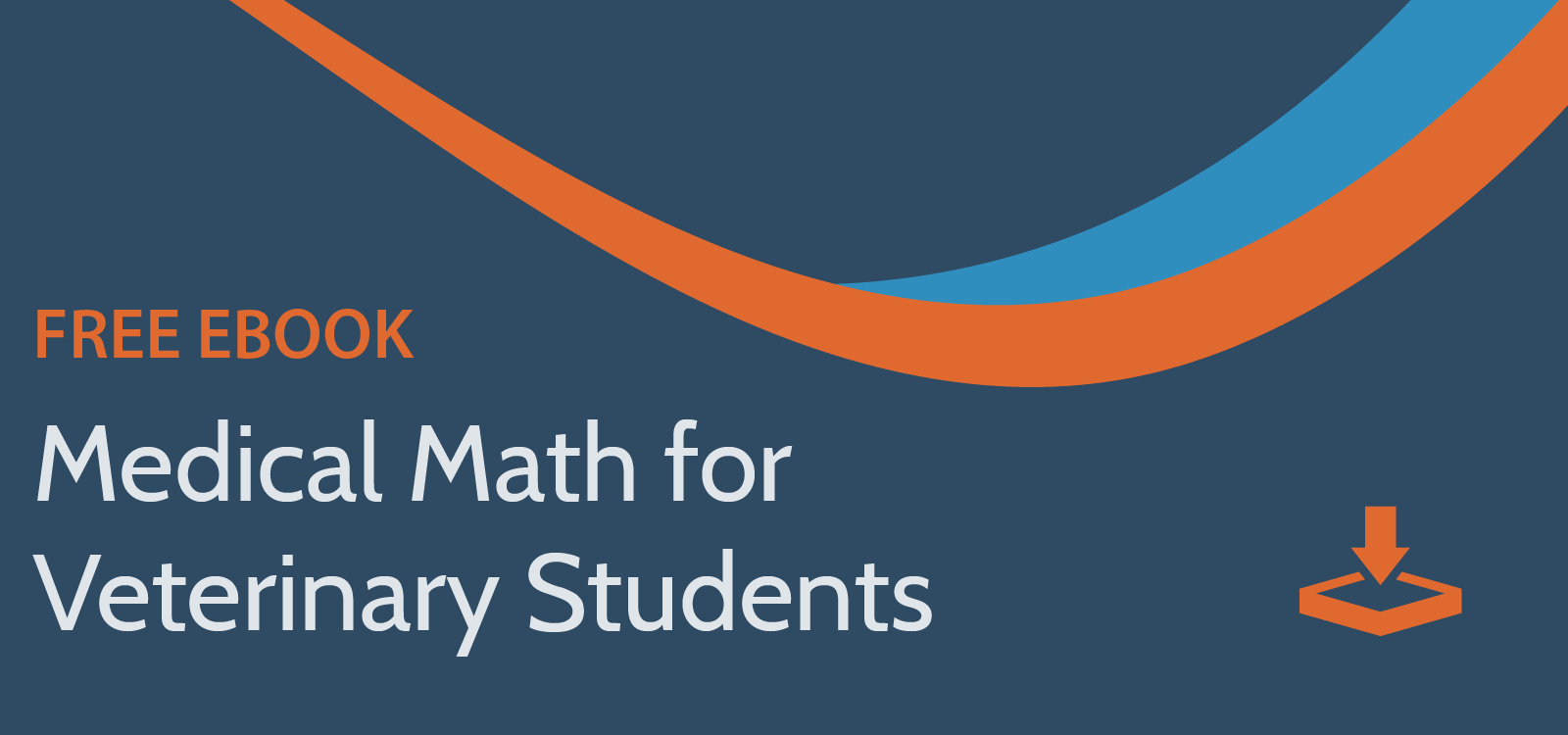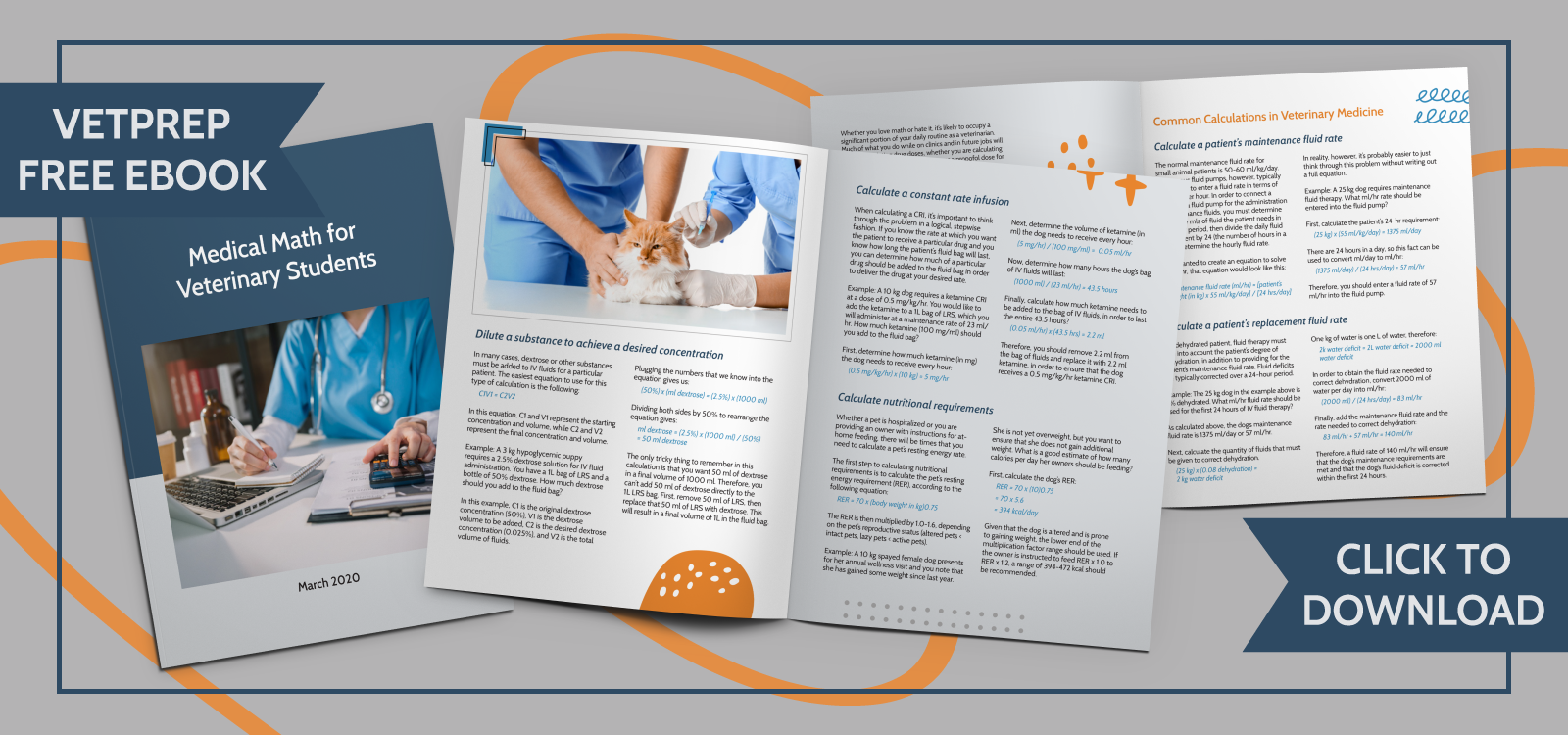
An 8 yo FS DSH presents to your hospital for vomiting. After you and the vet tech obtain a history, you piece together the following story: The client left town for 10 days. This was the first time the cat had been left alone since the owner adopted her as a rescue two years ago.
While the client was out of town, the cat hid under the bed and barely ate (according to the pet sitter). The client returned home three days ago and she also has not seen the cat eat. Two days ago, the cat began vomiting bile and acting increasingly depressed.
As you perform your physical exam, you notice that the cat has a dull coat. Her body condition score (BCS) is 5/9; her owner reports that she has always been an obese cat and this represents considerable weight loss. You observe icterus of the sclera, pinnae, and mucous membranes. She is 10% dehydrated and salivating, with a heart rate of 260 bpm and a respiratory rate of 36 bpm. The remainder of her exam is unremarkable, although your ability to perform a thorough abdominal palpation is limited due to her temperament. Her weight is 4.6 kg.
Based on your exam findings, you recommend bloodwork and abdominal radiographs. The client consents to these tests and you obtain the following results:
- Complete blood cell count: anemia, stress leukogram
- Serum biochemistry: ALP 3x the upper limit of the normal range; mild elevations of ALT, AST, GGT, and total bilirubin
- Abdominal radiographs: generalized hepatomegaly with no other significant abnormalities
What is the most likely diagnosis?
Based on the above information, you strongly suspect that the cat has hepatic lipidosis. Additional diagnostics may be required to confirm the diagnosis, but your initial concern is stabilizing the cat via fluid and nutritional support.
Nutritional Support
The most important step in treating hepatic lipidosis is to resume feeding as quickly as possible. While force-feeding may seem like a tempting way to achieve this goal, it should be avoided because it can contribute to the development of food aversions.1 Therefore, treatment typically requires the placement of a feeding tube.
In most cases, cats with hepatic lipidosis are not good anesthetic candidates when they present to the veterinary clinic. Therefore, nasoesophageal tubes are often placed for preliminary treatment, because they can be placed with local anesthetic or mild sedation. Esophagostomy tubes may also be considered, however, in cats that are stable enough to permit general anesthesia.
In this case, you determine that the cat is not a good candidate for immediate anesthesia. Therefore, you place a nasoesophageal tube.
Calculating Caloric Requirements
In order to determine how much to feed, you must first calculate the cat’s nutritional requirements.
Begin by calculating the cat’s resting energy requirement (RER), according to the following equation:
RER = 70 x (weight in kg)0.75
Note: On most smartphones, turning the calculator to landscape mode will reveal the exponent function.
For this cat, the RER is:
70 x (4.6)0.75 = 220 calories/day
The RER describes the number of calories that are required for involuntary bodily functions, to maintain a state of homeostasis. Once you have calculated the cat’s RER, you need to determine her true daily energy requirement. The RER is multiplied by a factor that is determined by the pet’s species, activity level, and treatment goals.
RER Multiplication Factors for Cats
.png?width=497&name=2020March_VPBlog3_InstagramB%20(1).png)
Given that this patient is a spayed female who is prone to obesity (per her owner), you elect to multiple her RER by a factor of 1.0:
220 cal/day x 1.0 = 220 cal/day
Because you will be feeding the cat through a narrow-diameter nasoesophageal tube, you decide to feed Royal Canin® Recovery Liquid diet. This food has a caloric content of 1 cal/ml, which will simplify your calculations when determining feeding amounts.
(220 cal/day) / (1 cal/ml) = 220 ml/day
Your goal is to feed the cat 220 ml/day of Royal Canin® Recovery Liquid diet.
Feeding Considerations
When reintroducing food to a cat with hepatic lipidosis, there are two key considerations:
- Reintroduce food gradually
- Divide food into 4-6 small meals per day
In a cat that has gone several days without eating, you should aim to feed 25% of the calculated caloric requirement on the first day of treatment, then gradually increase to meeting the cat’s full needs over the next several days.
Therefore, this cat’s feeding schedule during the initial days of hospitalization may look like this:
Day 1: 10 ml q4hrs
Day 2: 15 ml q4hrs
Day 3: 22 ml q4hrs
Day 4: 37 ml q4hrs
Once the cat is stabilized, you may wish to anesthetize her to place an esophagostomy tube. An esophagostomy tube is typically easier to maintain for longer-term use. (Most cats with hepatic lipidosis require 1-2 weeks of enteral supplementation before they resume voluntarily eating.) While she is anesthetized, you may also elect to perform a fine needle aspirate or biopsy of her liver, to confirm the diagnosis of hepatic lipidosis.
Medical Treatments for Hepatic Lipidosis
In addition to appropriate feeding, a number of other treatments are often recommended in cats with hepatic lipidosis. These treatments include:
Intravenous fluids (with potassium and/or magnesium supplementation): Most cats with hepatic lipidosis are dehydrated and require fluid support. The decision to supplement potassium and/or magnesium should be based on bloodwork findings, but deficiencies are common.
Vitamin K1: Vitamin K deficiency is common in cats with hepatic lipidosis and can lead to coagulopathies. Supplementation is especially important before surgical procedures, such as esophagostomy tube placement.
Vitamin B12: Cobalamin deficiency occurs in 40% of hepatic lipidosis cases.2 A single dose of B12 is likely to be beneficial and ongoing supplementation may be required.
Antiemetics (such as maropitant or metoclopramide): Even in cats that are not actively vomiting, antiemetics can alleviate nausea and help restore appetite.
Don’t Forget to Look for Underlying Causes!
In this case, the cat’s hepatic lipidosis was likely triggered by stress associated with her owner’s travel, given the timing. In many cases, however, hepatic lipidosis is triggered by an underlying gastrointestinal or metabolic disease.
In any case that does not have an obvious trigger for the cat’s anorexia, a thorough medical workup should be performed. This includes abdominal ultrasound and/or intestinal biopsies. 
References
- Smith K. 2018. A Nutritional Approach to Hepatic Lipidosis. Veterinary Practice. Retrieved from https://veterinary-practice.com/article/a-nutritional-approach-to-feline-hepatic-lipidosis
- Cornejo L. 2011. Hepatic Lipidosis: Maximizing a Successful Outcome. DVM 360. Retrieved from https://www.dvm360.com/view/hepatic-lipidosis-maximizing-successful-outcome-proceedings


